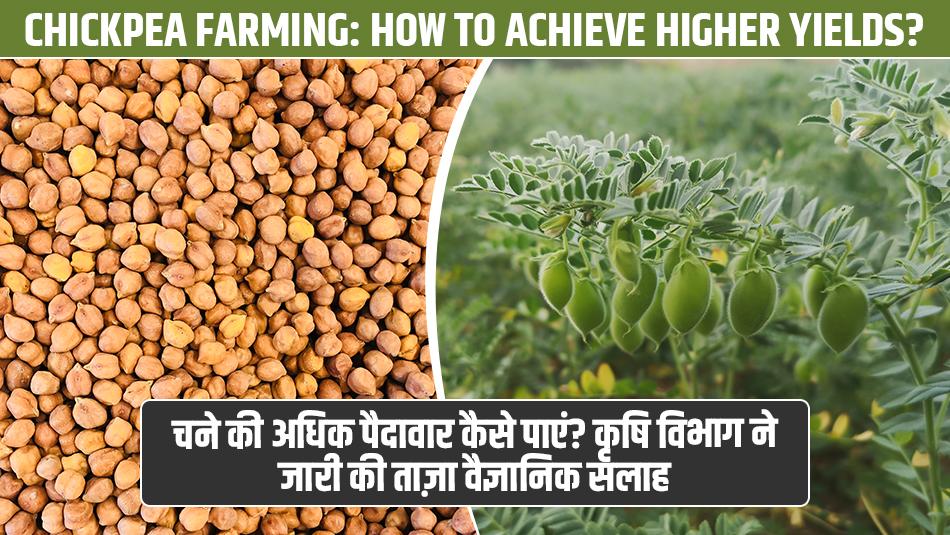
Chickpea—one of the major pulse crops of the Rabi season—is currently in its ideal sowing window. To help farmers achieve better yields, the Agriculture Department regularly releases scientific guidelines. In this context, experts from Tabiji Farm, Ajmer, have emphasized the importance of seed treatment and soil treatment for maximising chickpea productivity.
Deputy Director of Agriculture (Crops), Manoj Kumar Sharma, said that chickpea performs best in fertile soils that are free from salinity and alkalinity and have good drainage. The current weather conditions are highly favourable for sowing.
He added that timely treatment of both the field and the seed helps protect the crop from various pests and diseases. While using agricultural chemicals, farmers must follow all recommended safety measures, including wearing full clothing, masks, and gloves.
According to Dr. Jitendra Sharma, Plant Pathology Research Officer, seed treatment ensures better germination and significantly reduces the risk of root rot, dry rot, and wilt diseases. Using disease-resistant varieties along with soil treatment through Trichoderma is considered highly effective.
Assistant Research Officer (Entomology), Dr. Suresh Choudhary, advised the following measures for controlling termites, cutworms, and wireworms:
According to Dr. Kamlesh Choudhary, Agriculture Officer (Chemistry):
Agriculture Officer (Crops), Ramkaran Jat, recommended the following nutrient doses:
Apply fertilizers during the final ploughing at a soil depth of 12–15 cm.
should be sprayed after sowing but before seed germination for effective weed control.
Experts believe that if farmers adopt proper soil and seed treatment techniques combined with scientific management practices, chickpea yields can increase by 20–30%. With the right approach, chickpea can become a highly profitable crop for farmers.
Latest Update